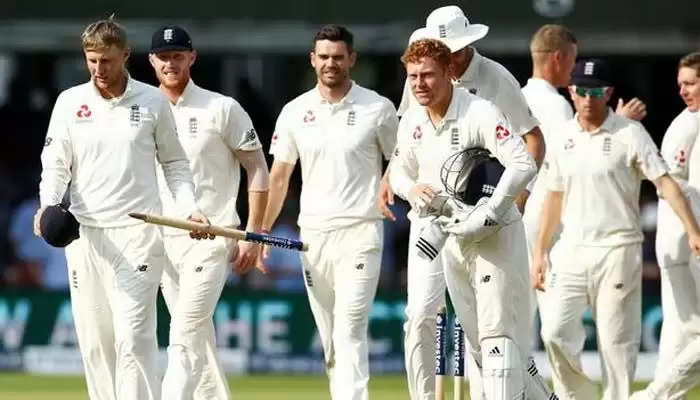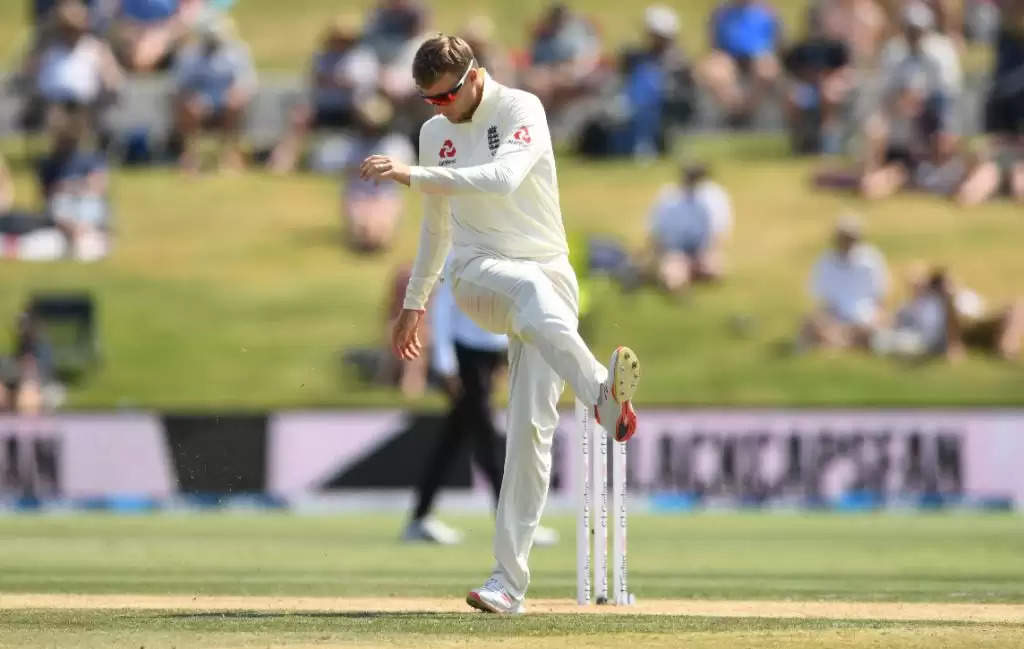Numbers reveal the flaw in England team’s quest towards Test brilliance

What a year this has been for England in terms of white ball cricket. They started off the year with entertaining wins in the white ball leg of the West Indies tour, thrashed Pakistan at home in May and capped it off by winning the World Cup in a thriller and almost pulled off a repeat of the World Cup final to wrap up the T20 series in New Zealand. In fact, England never ended up on the losing side in any of their ODI or T20I series in 2019.
But how did they fare in Test cricket? England had a disappointing year in Test cricket. They lost the series against West Indies, failed to retain the Ashes at home for the first time in 18 years and lost the series against New Zealand where they even claimed to have adopted a new approach to Test cricket. In contrast to their white ball form, England didn’t win any of their Test series in 2019 except the one off Test against Ireland. Even in that game they had an embarrassing first innings where they were skittled out for just 85. While the English cricket team will be hoping to regain its lost credentials in Test cricket through the Boxing Day Test against South Africa, let’s ponder over what could have possibly gone wrong for them in the longest format of the game?

One possibility is England’s dependency on the same core set of players in all formats of the game. Teams that are currently successful in all formats of the game have only 3-5 players who play every format of the game. The presence of Test specialists in their ranks is the main reason for their success in the longest format of the game. But England only has Rory Burns, Broad and Anderson as their Test specialists. The core of their batting line up has been revolving around Root, Stokes, Buttler, Bairstow and even Moeen Ali to some extent who are all involved in white ball cricket too. England’s determination to win the World Cup after 2015 made them a major force in white ball cricket. But this has resulted in the players giving more emphasis on white ball cricket and failing terribly in the Test arena.

England haven’t clicked in Test cricket like in limited-overs cricket in 2019
The players have to switch between formats which makes it extremely difficult for them to succeed across formats. So as suggested earlier, England’s over-dependence on the same set of players in all the formats of the game could possibly be the reason for their downfall in red ball cricket. But is this argument statistically valid?
Comparing the ODI and Test averages of these players won’t do much justice to this analysis as the players under consideration are not players who are specialists in only one format of the game. They have the ability to play in all formats of the game but it is the sudden switching across formats which makes it difficult for England to succeed across formats. So even if a player performs poorly in a bilateral ODI series scheduled immediately after a Test series where he performed well, he has the chance of compensating it with good performances in his next limited-overs outing which might cause him to give a comparatively poor performance in the Test series scheduled immediately before or after it. Therefore career averages may be misleading in this context.
So an analysis was performed where the batting stats of these players from July 2016 – the time when England started to focus on the World Cup – were considered. The duration under consideration was divided into periods of six months and the Test and ODI averages of these players during each of the six month period were found out. As anticipated, in each of the six month period the players under consideration clearly had a better average in only one of the two formats. Finally the average of the differences between the ODI and Test averages in each of the six month period was found out which would be referred to as ‘net average difference’ in this article. The results were interesting. The net average difference for each player is given below which gives us an insight about their difficulty to switch between formats in a short span of time.
Jos Buttler – 16.028
Joe Root – 16.96
Ben Stokes – 30.715
Jonny Bairstow – 37.73
The above numbers reflect that Stokes and Bairstow struggled the most to switch between formats having a whopping net average difference of over 30 in a period of six months. Buttler was comparatively better than these two but the fact that he too had a problem in switching between formats is undeniable.

England had their moments in Test cricket like this brilliant win courtesy Ben Stokes in the Ashes
This analysis led to another interesting observation about Root. Even though there’s a considerable net average difference for Root, it’s not of much significance as he averaged over 50 in each format for every six month period till the end of 2017 (almost coinciding with the period in which he assumed capataincy in Test cricket). Even in the first six months of 2018, he had a pretty good record, averaging 48.67 in ODIs and 50 in Tests (but this was a bit worse compared to his previous records). From the second half of 2018, there was a significant dip in his Test numbers which could possibly suggest that captaincy has affected his batting.
There was also a period where England didn’t play any Test matches (January – June 2017). Interestingly enough, the ODI average of these players during this period were substantially high with the exception of Buttler who averaged just 27 during this period. The ODI averages of the other players are given below:
Bairstow – 77.33
Stokes – 57.78
Root – 71.36
From the above discussions, it is quite evident that the over-dependence on these core set of players in all formats of the game could possibly be the cause for England’s downfall in Test cricket.
So what could be the solution to this issue? England should go through a complete reconstruction to succeed in the longest format. They should start looking for test specialists. It will definitely take some time but the results could be effective. The likes of Bairstow, Buttler should be made to concentrate more on white ball cricket and more Test specialists should be brought into the red ball setup. They need to be more serious regarding this issue as this could even affect the white ball form and overall mindset of some of the players which could have possibly happened in Moeen Ali’s case.

